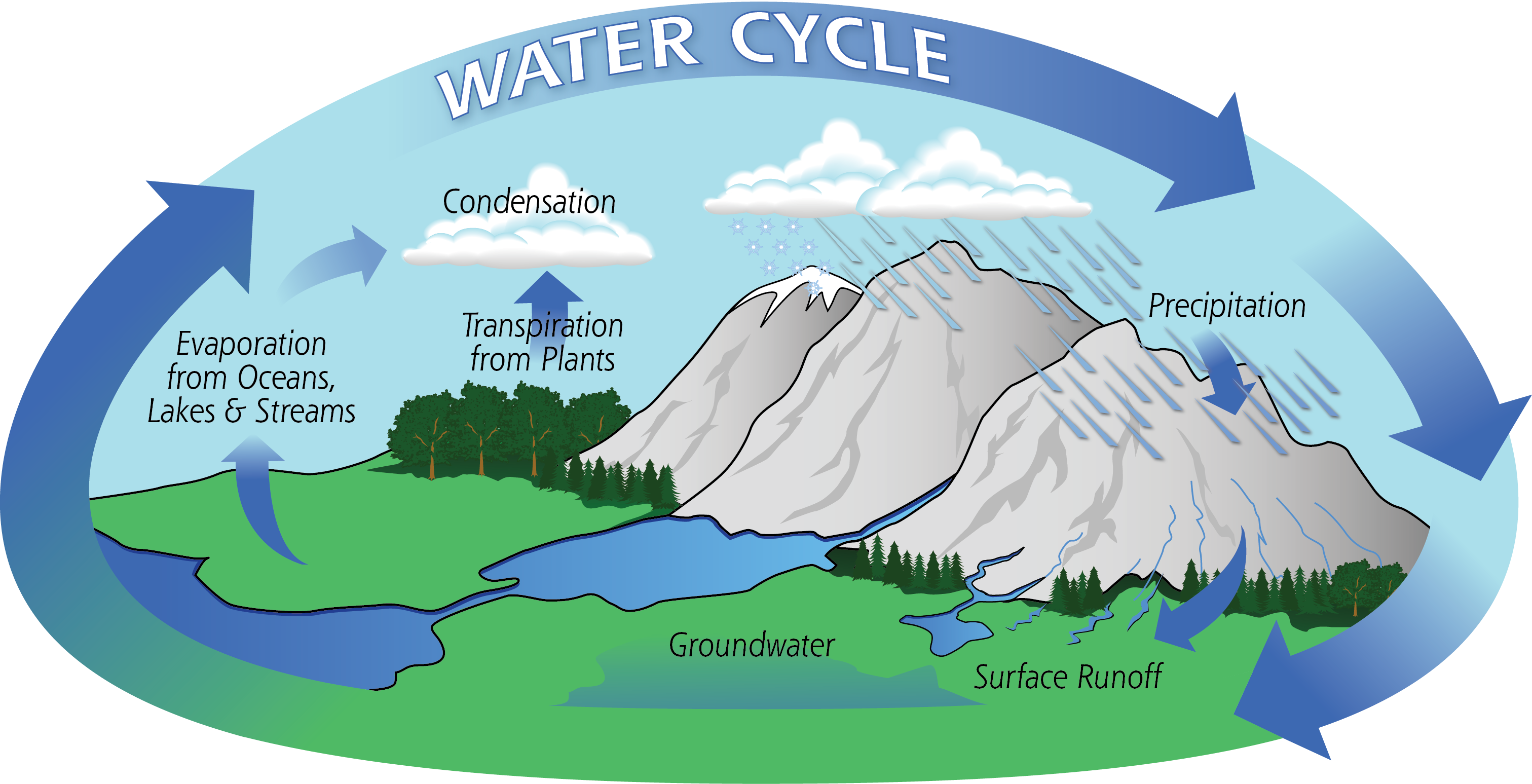Hurumanu - Science Laboratory introduction
Aim: To learn about the expected behaviour in a science laboratory.
teacher shoes practical teacher laboratory ask sniff teacher breakages
Our R9 Class Treaty
- bags under your desk
- no food and drink
- no running
- don't touch experiments
- report any breakage or spills
- do not taste or sniff anything
Safety in a laboratory.
teacher shoes practical teacher laboratory ask sniff teacher breakages
- Follow the instructions given to you by the teacher.
- You must not enter the laboratory without your shoes.
- Report all accidents to your teacher.
- You must never eat or drink in a lab.
- shoes must be worn at all times.
- If you spill something you should tell your teacher immediately.
- You should wash your hands after every activity.
- You should know what you are doing. If in doubt ask your teacher.
- Never taste or smell chemicals.
In your group, discuss how the following scenarios could be dangerous.
- Not putting your bag under your desk. someone can trip
- Running around in the laboratory. someone can trip
- Not wearing shoes in a laboratory. you can stub your tow
- Shaking a test tube with your thumb over its mouth? chemicals could harm your skin
How do we work in this laboratory?
- Beginning and End of class: Lining up, Entry, Seating,
- Equipment tray: equipment list and details.
- Test tube - This is used for experiments using liquids. They have a bung that can be placed in the top. Test tubes sit in a test tube rack.
 Conical Flask - This is used for experiments with liquid up to 150 ml. The flask has a rubber bung for the top and the glass is heatproof.
Conical Flask - This is used for experiments with liquid up to 150 ml. The flask has a rubber bung for the top and the glass is heatproof.
- Glass Stirring rod - This is a 20cm glass rod used to stir and mix any liquids together.
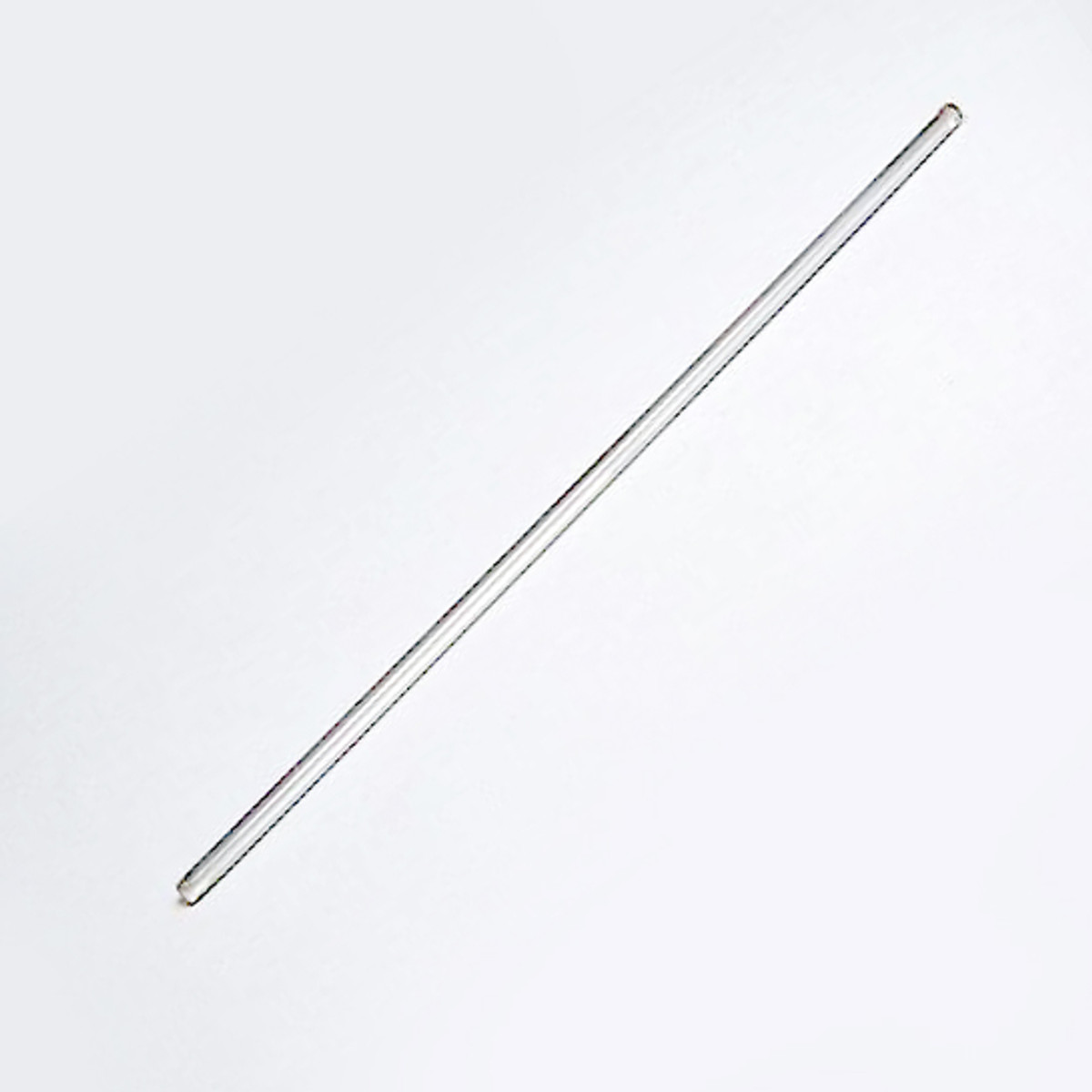
- Test tube tongs - These are used to hold a hot test tube after an experiment.
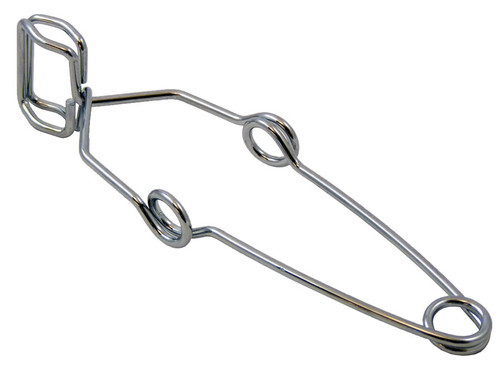 Spatula - This is for holding very small amounts of chemical powders.
Spatula - This is for holding very small amounts of chemical powders.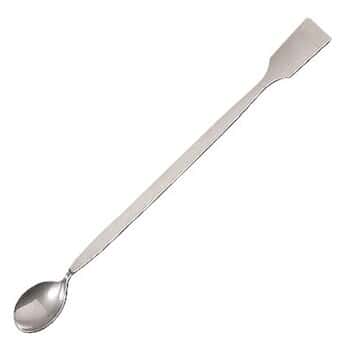
- Funnel - used to channel liquids into a smaller container.
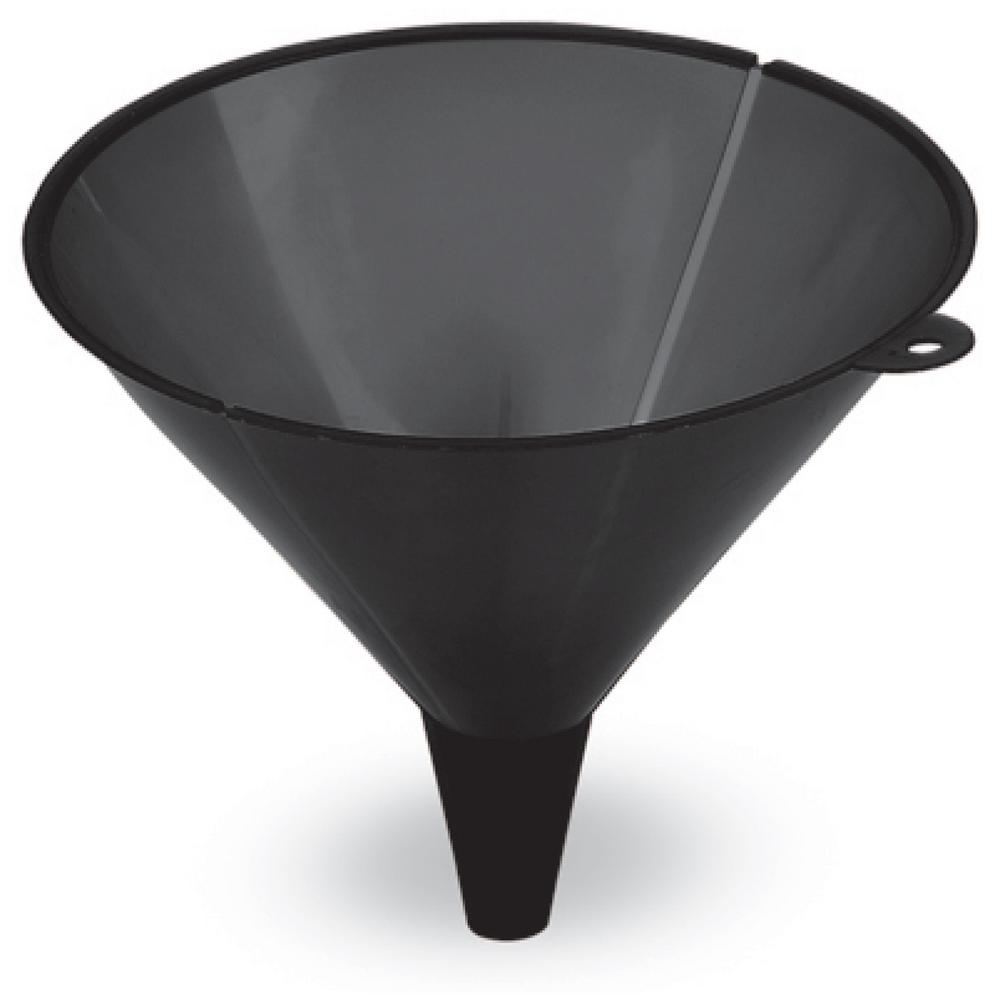
- Measuring Cylinder - This is used to measure liquids for experiments. The liquids will be poured into a beaker or test tube once measured out.


